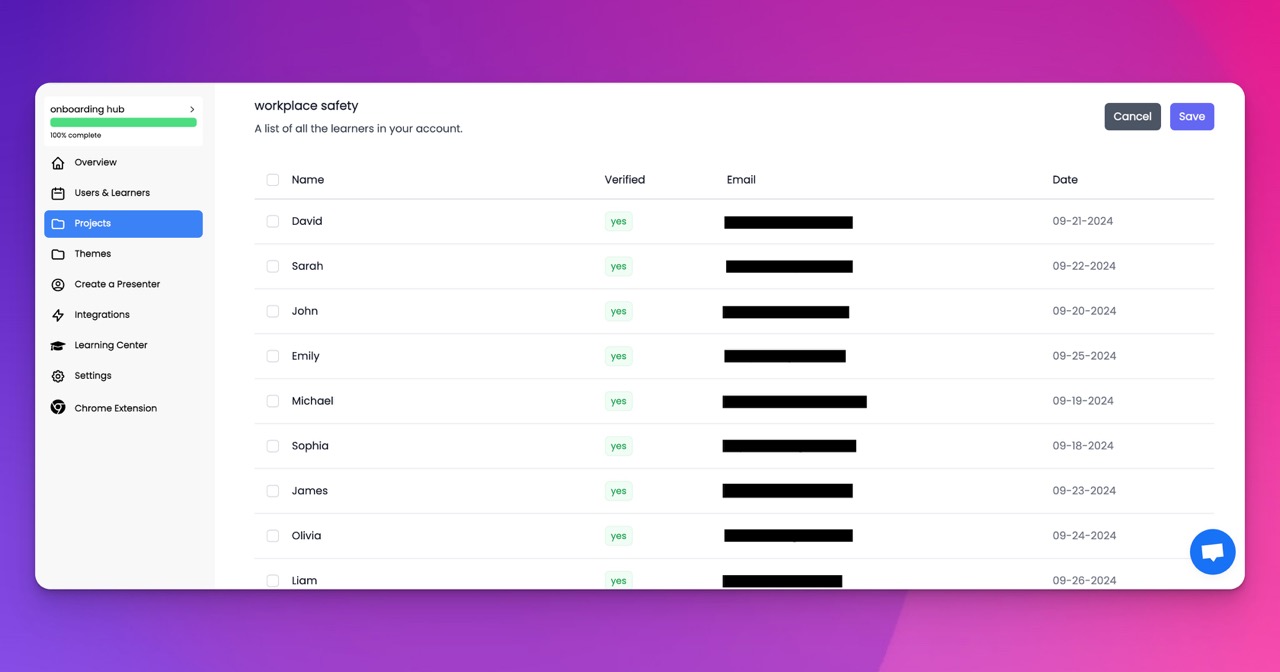🎉 Trainday now integrates with Zendesk and Hubspot 🎉 Trainday now integrates with Zendesk and Hubspot 🎉 Trainday now integrates with Zendesk and Hubspot
🎉 Trainday now integrates with Zendesk and Hubspot
Contact
OSHA Compliance
"Everything You Need To Know About ADA Compliant Sinks: A Guide For Accessible Design"
In today's world, accessibility is a key consideration in design. From public spaces to private homes, it's important to ensure that everyone, regardless of their abilities, can navigate and use a space comfortably and safely. One important aspect of accessible design is the use of ADA-compliant sinks.
What is ADA compliance, and why is it important when it comes to sinks? The Americans with Disabilities Act (ADA) sets forth guidelines for accessibility in public spaces, including requirements for sink design. ADA-compliant sinks are designed to be accessible to individuals with disabilities, making it easier for them to use the sink independently and comfortably.
So, what exactly makes a sink ADA-compliant? Here are some key features to look for:
1. Height: ADA-compliant sinks should be mounted at a height that is comfortable for individuals using wheelchairs. The sink should be no higher than 34 inches and no lower than 29 inches from the floor.
2. Knee clearance: Sinks should have knee clearance underneath to accommodate wheelchair users. The clearance should be at least 27 inches high, 30 inches wide, and 19 inches deep.
3. Faucet controls: Faucet controls should be easy to operate for individuals with limited dexterity. Lever handles or touchless faucets are recommended for ADA compliance.
4. Insulation: ADA-compliant sinks should be insulated to prevent burns for individuals with sensory impairments.
5. Mounting: Sinks should be securely mounted to the wall or countertop to support the weight of individuals using them for support.
When designing a space with ADA-compliant sinks, it's important to consider the needs of all individuals who may use the space. By following ADA guidelines, you can ensure that your design is accessible to everyone.
In conclusion, ADA-compliant sinks are an important aspect of accessible design. By incorporating these sinks into your space, you can create a more inclusive environment for individuals with disabilities. Remember to consider the height, knee clearance, faucet controls, insulation, and mounting of the sink to ensure ADA compliance. With these guidelines in mind, you can create a space that is welcoming and accessible to all.
Accelerate Compliance.
Deliver OSHA-Ready Courses Instantly.
Empower your team with data-driven training solutions tailored to your industry's safety standards. Stay compliant, reduce risks, and boost productivity with AI-powered course creation.
